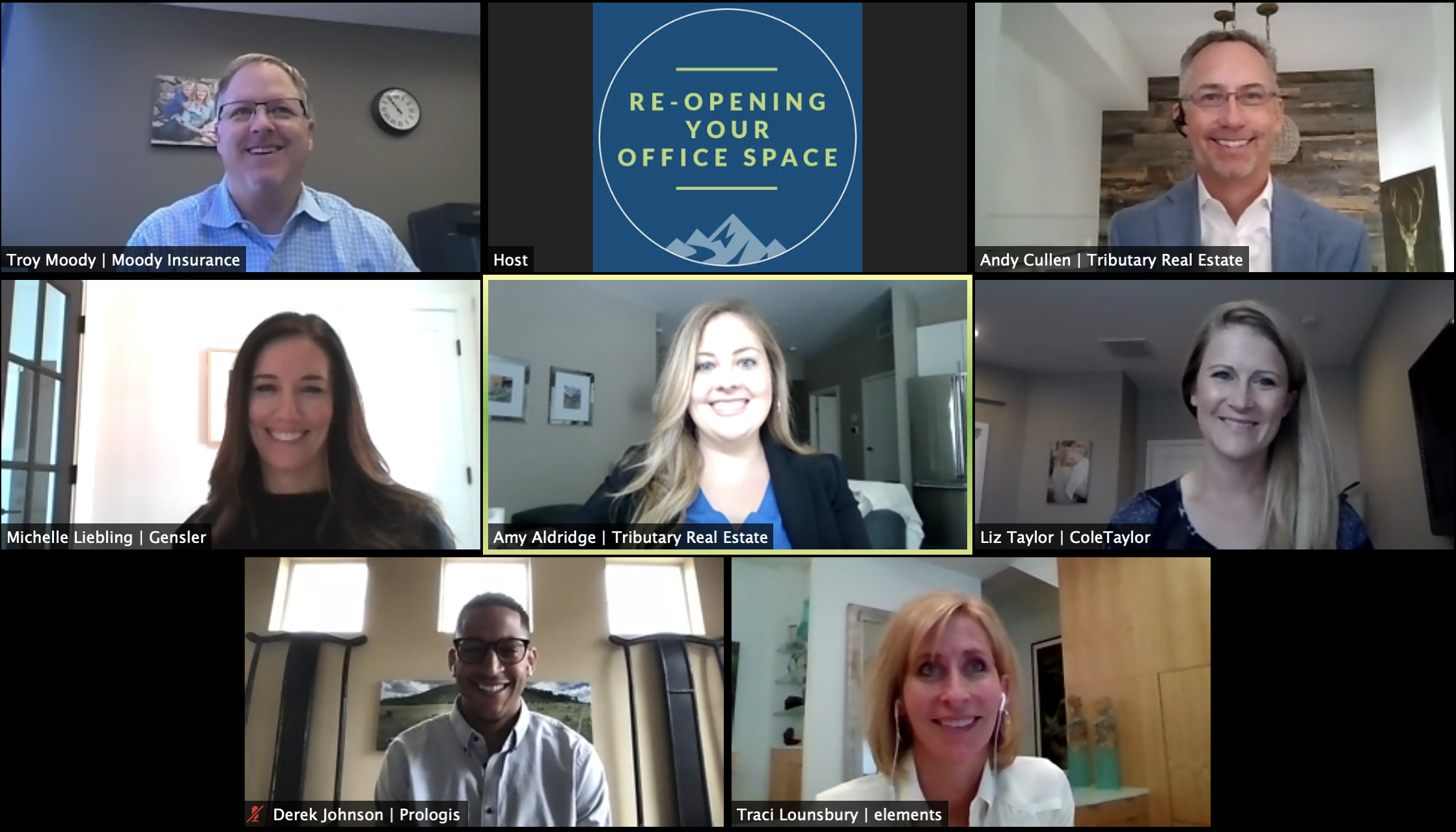Shedding Light on the Return to Office
As companies navigate their long-term workplace strategies, one thing remains clear: hybrid work environments are here to stay. What remains unclear for many companies, however, is how to navigate the return to office and what the new normal for in-person work looks like.
Knowing that each company’s strategy will uniquely reflect the interests of its business and employees, we’ve broken down trends and best practices to help guide companies returning to the office.











